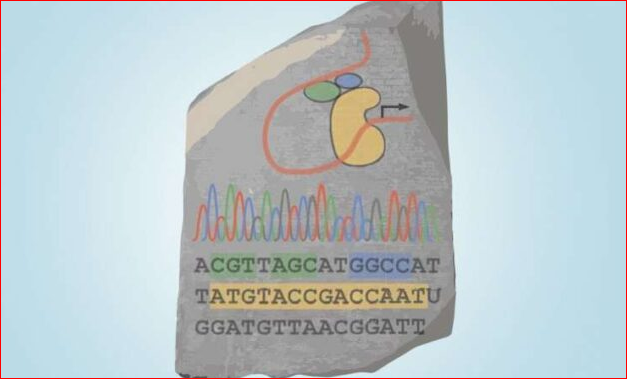Insuring Your Peace of Mind: An Overview of Common Types of Insurance.
Weighing the Pros and Cons: Using a Personal Loan to Tackle Credit Card Debt.
Free Fire Shows Strong Momentum, with Its Revenue Overtaking PUBG Mobile in a Single Market for Q1 2021
Mario Kart Tour Races to $200M revenue and 200M Downloads
Playrix downloads exceed 1 billion
Santander World Elite™ Mastercard®: The Perfect Travel Companion
In 1975, biologists have found that the DNA sequence that can be directly compared between the genome of human and the genome of chimp is almost 99% identical. However, chimps look apparently different from chimps.

What would be the reason?
The answer would be: DNA is like functions in coding languages. Most of the living things have the same functions package, while they use different ways of calling and input different parameters. They could be switched on or switched off at any time, and they interact with each other in an extremely complicated way. Some genes will produce specific protein, and others carry instructions.
At present, Rob Phillips Physical Biology Laboratory has developed a new tool to find out how different genes regulate in bacteria.
When it comes to E. coli, it has been used as model organism in the field of biology and bioengineering, but only 35% of its gene regulation is clear to the researchers. Rob Phillips Physical Biology Laboratory has clarified more than 100 genes and their regulations that were not clear before. And it lays the foundation for decoding the other genes.
Their research concerning the new tool and technology is published in eLife.
Just imagine, we are trying to learn a new language, and we cannot understand the meaning of the words and its grammar, even though they are sequences of 26 capitals as English. That’s similar to the challenge of modern genomics: it’s easy to sequence the genes of a living thing, but we know little about how different genes function and regulate, which is undoubtedly the most important part. Only if we figure out the meanings of words and the grammar of the new language can we try to write our own sentences.
As Phillips said, “we have already developed a generic tool, and researchers can use it for almost all microorganisms.”
In fact, “misprints” also appear in genomes, and we can observe how it influence the functioning of cells. Take language as example, if we replace the capital “k” in the word “walk” with the capital “x”, we will get a new word “walx”, which has no meanings and could not be expressed. That’s how unexpressed traits work. But if we replace the capital “w” in the word “walk” with the capital “t”, we will get a new word “talk”, which has meanings. And in this case, the situation becomes much more complex.
Generally speaking, Rob Phillips Physical Biology Laboratory’s tool works in the similar way as the above examples. It figures out relationships between traits and genomes through replacements.
During the research, Phillips and his colleagues first experimented on the 20 genes of E. coli whose functions have already been found out. And they succeed in proving that their method works. After that, they go on experimenting on the other 80 genes whose functions are not clear yet.
At present, this method only applies to bacterial cells, while Phillips believes that it could be upgraded, and finally applies to eukaryotic cells (like human’s) in the future.
As Phillips said, “This is a 10-year long research that has won the ‘NIH Pioneer Award’. It needs sustained effort, sustained money and patience. The result will not come out in a short time.”